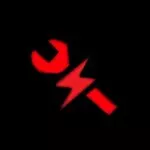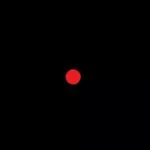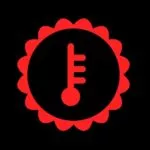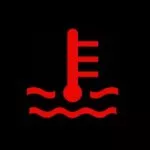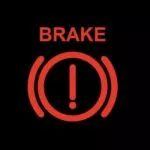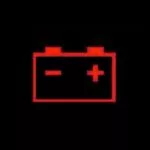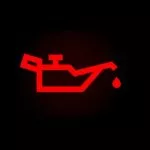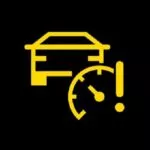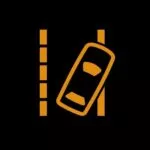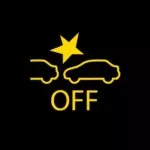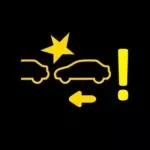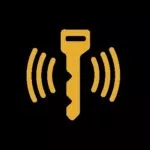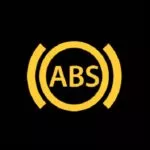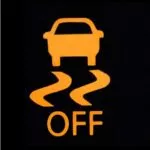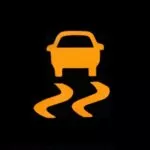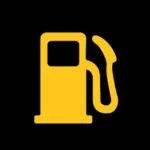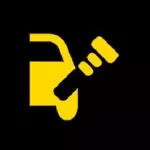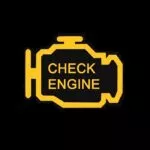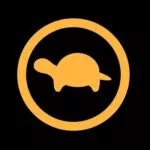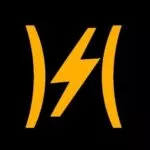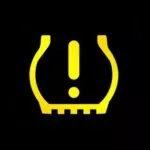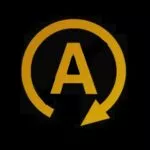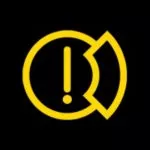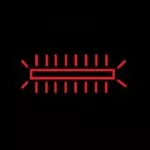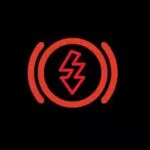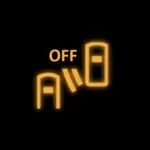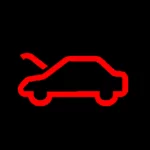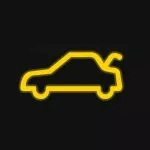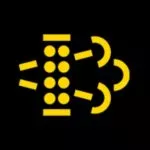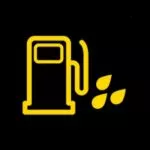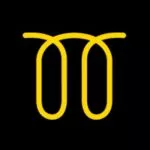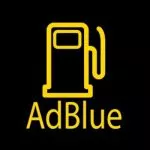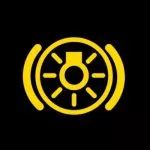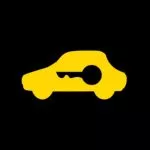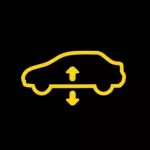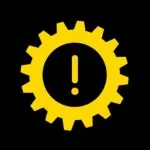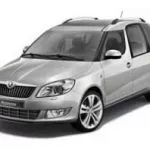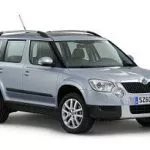Škoda Fabia Warning Lights
The Most Common Škoda Fabia Symbols
These are the most common dashboard symbols that you will see in your Škoda Fabia. Click on one to see more information or scroll further down to see the link to the owner's manual where you can find even more symbols.
Can't see the warning light you are looking for? Check the official manual:
View Owner's Manual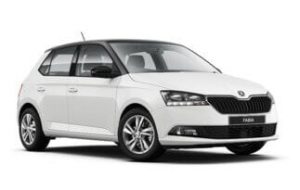
- Manufacturer: Škoda
- Data Source: Owner's Manual
About the Fabia
The Skoda Fabia was first launched back in 1999 as a replacement for the outgoing Felicia, which was eventually discontinued in 2001. Besides the Fabia hatchback, there was also a wagon model, and a sedan model made at the 1999 launch, creating a whole Fabia range.
In total, there have been 4 generations of Skoda Fabia, the first from 1999 to 2006, the second from 2007 to 2013, the third from 2014 to 2020, and the latest fourth-generation starting in 2021. The initial hatchback designs of the Fabia Mk1 (1999) looked quite close to the Felicia in many design aspects, with the sedan and wagon (known as the Combi) offering larger variants.
Powertrain options have varied over the years, ranging between 1.0L and 2.0L gasoline and diesel offerings initially, before being pared all the way down to just 3 gasoline options in the latest-generation models. The latest Mk4 design (fourth generation) is built on the VW Group MQB A0 platform, which is also used to make the Skoda Kamiq and Scala models.
Refinements to the exterior build have created a more aerodynamic vehicle, with its drag coefficient being reduced from the 0.32 that was offered in the third generation to just 0.28 in the fourth generation. This is something that Skoda claims makes the Fabia hatchback a leader in the small car sector.
The Skoda Fabia has been the recipient of numerous accolades, perhaps most notably the third generation Mk3 model earning the “Best Small Car” title in the 2015 “What Car?” Car of the Year Awards in 2015. It has also earned stellar Euro NCAP safety test results, maintaining a 5-star rating since 2014, improving from a very mixed bag of results on its previous test in 2007.
